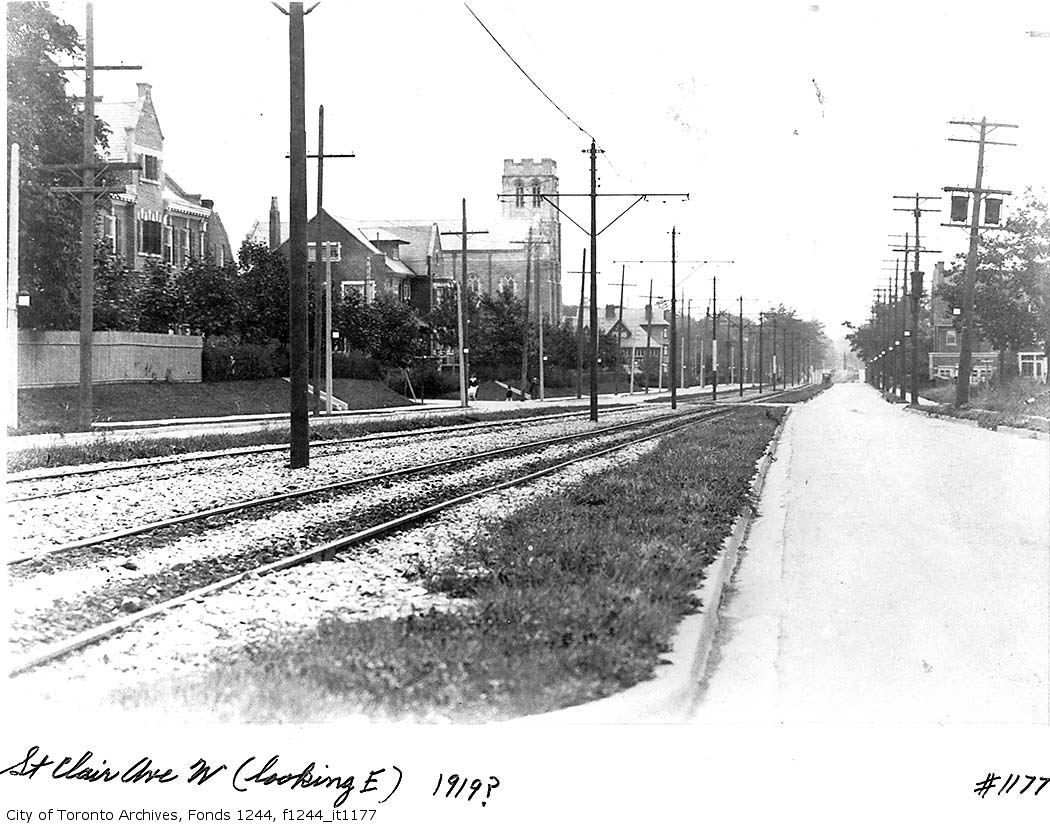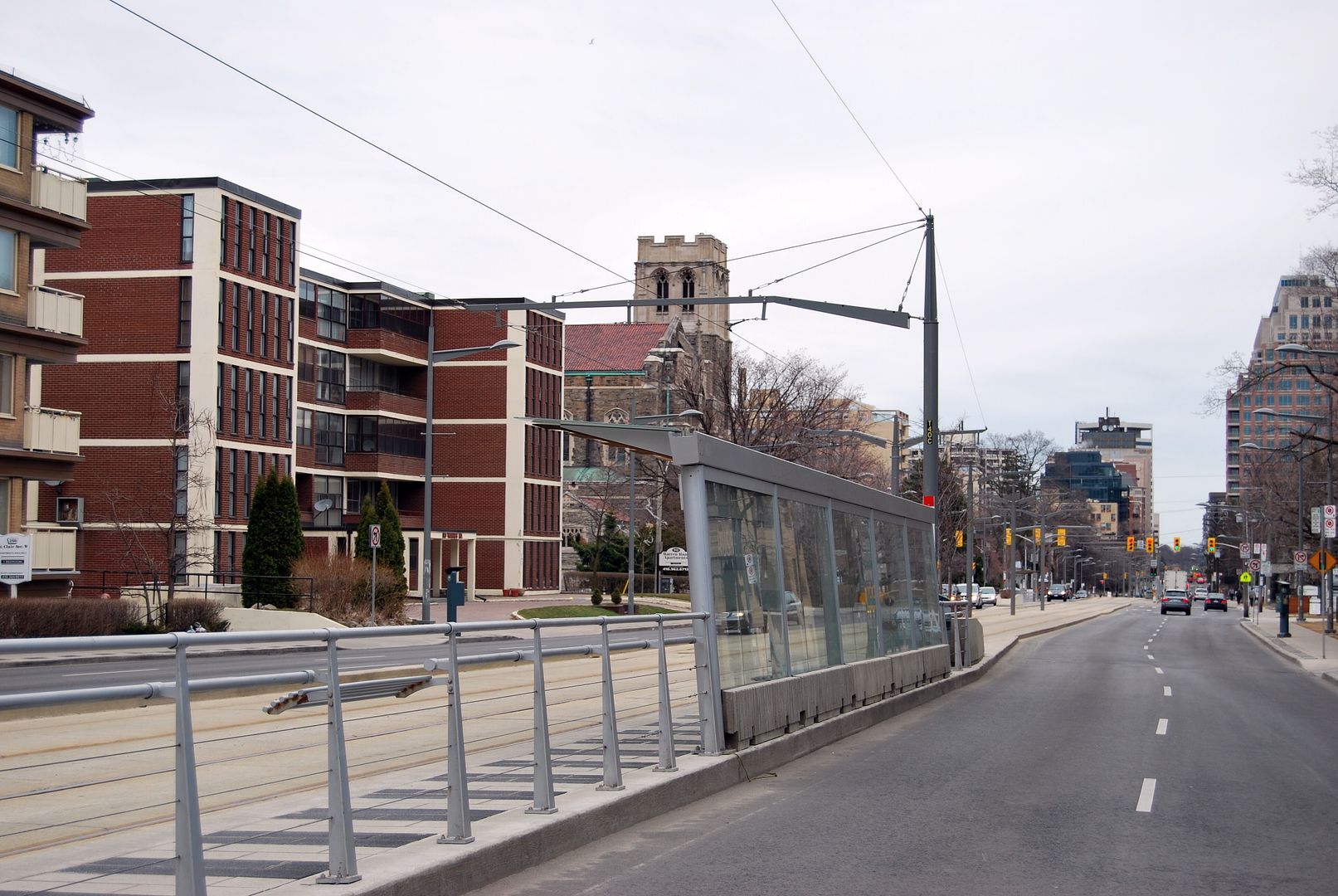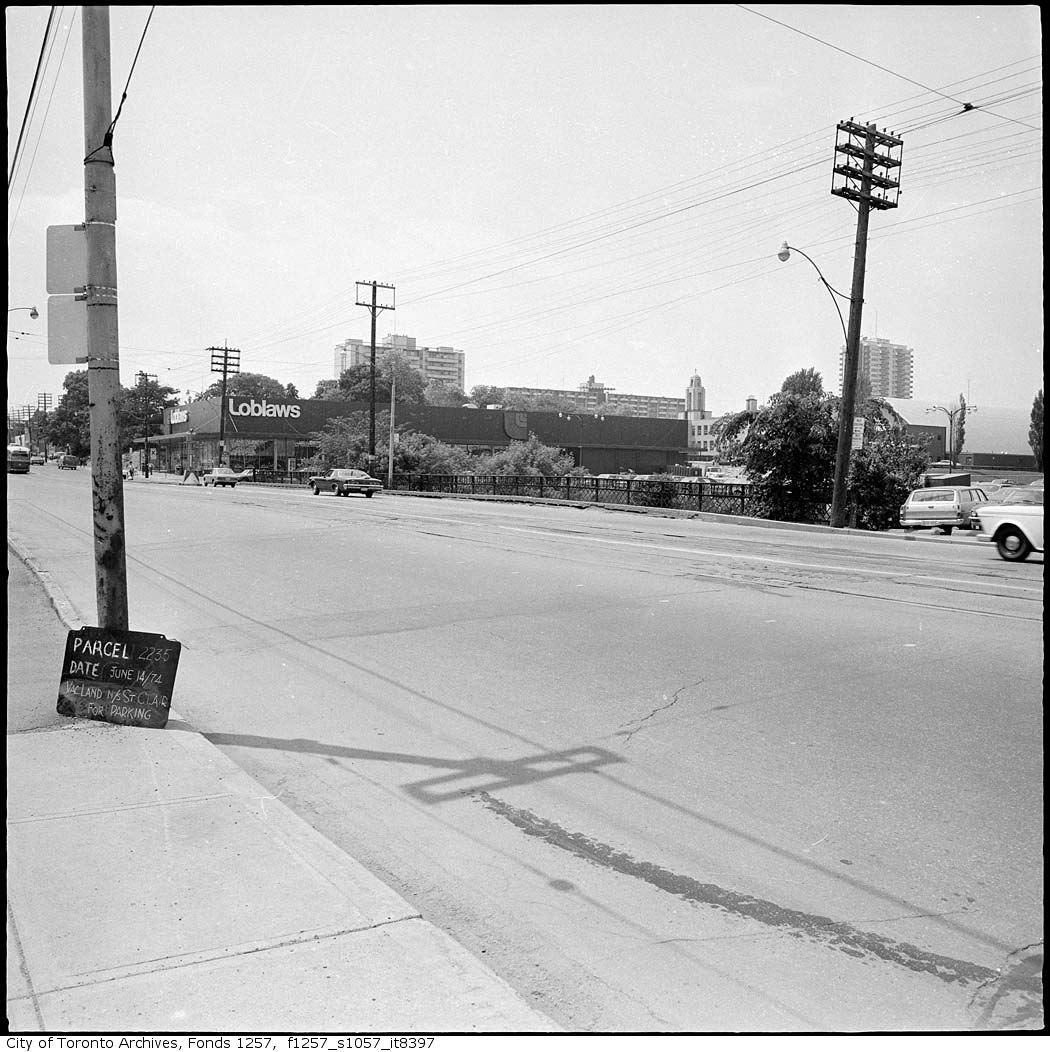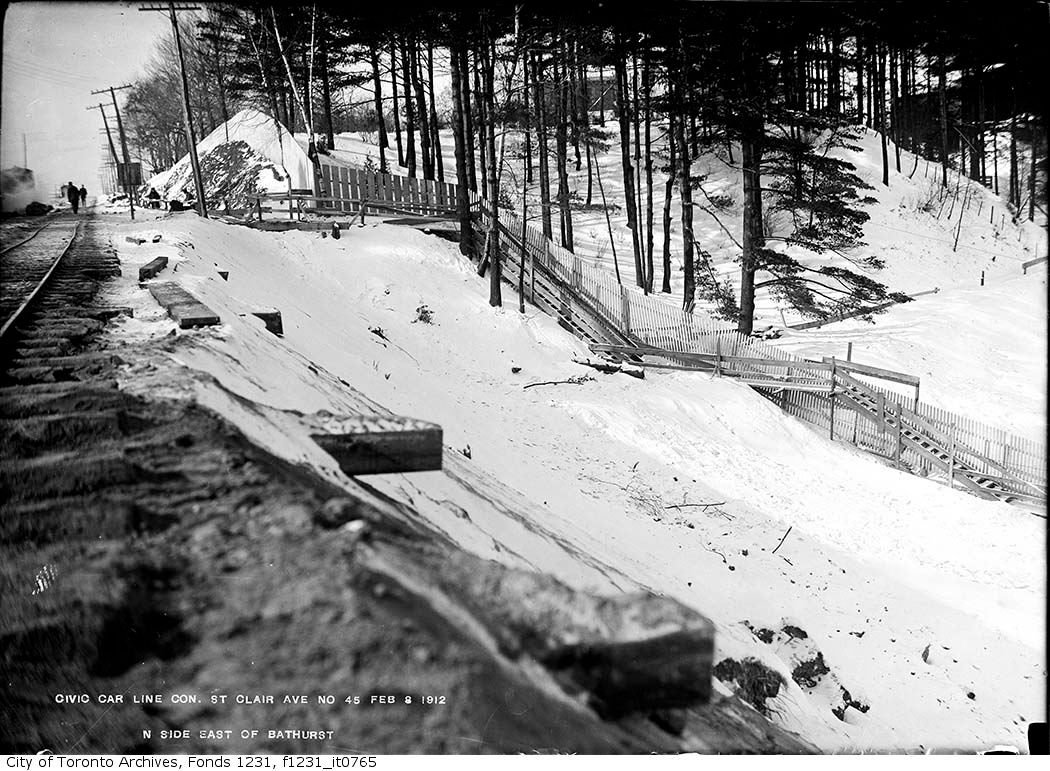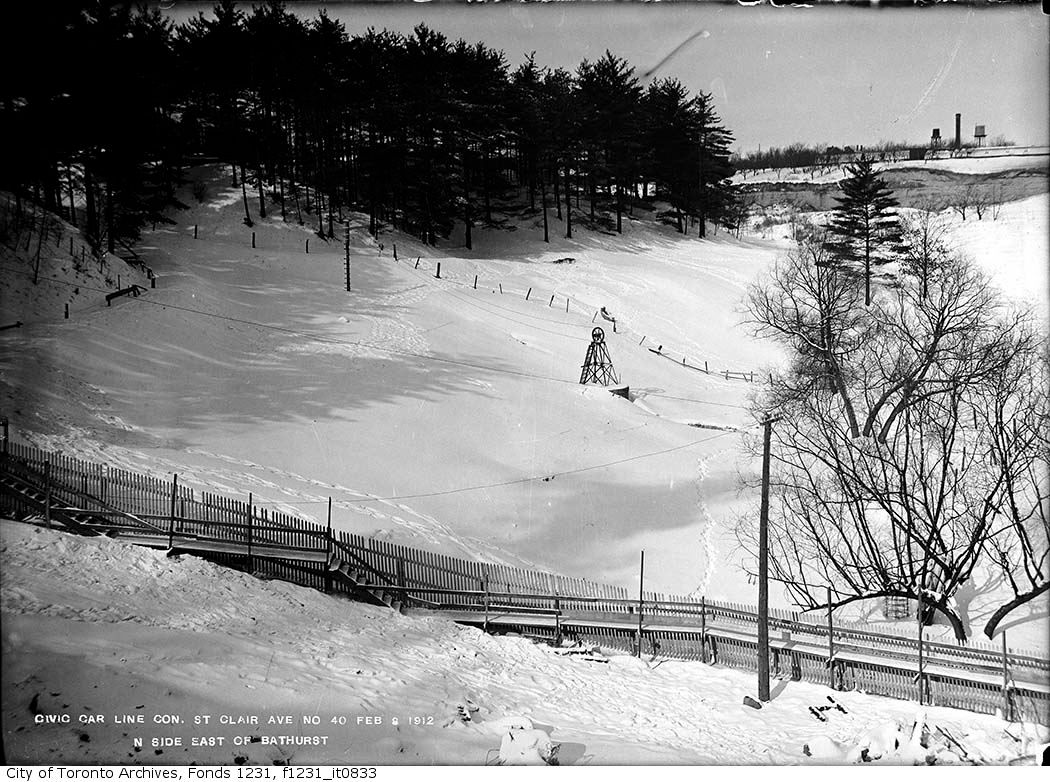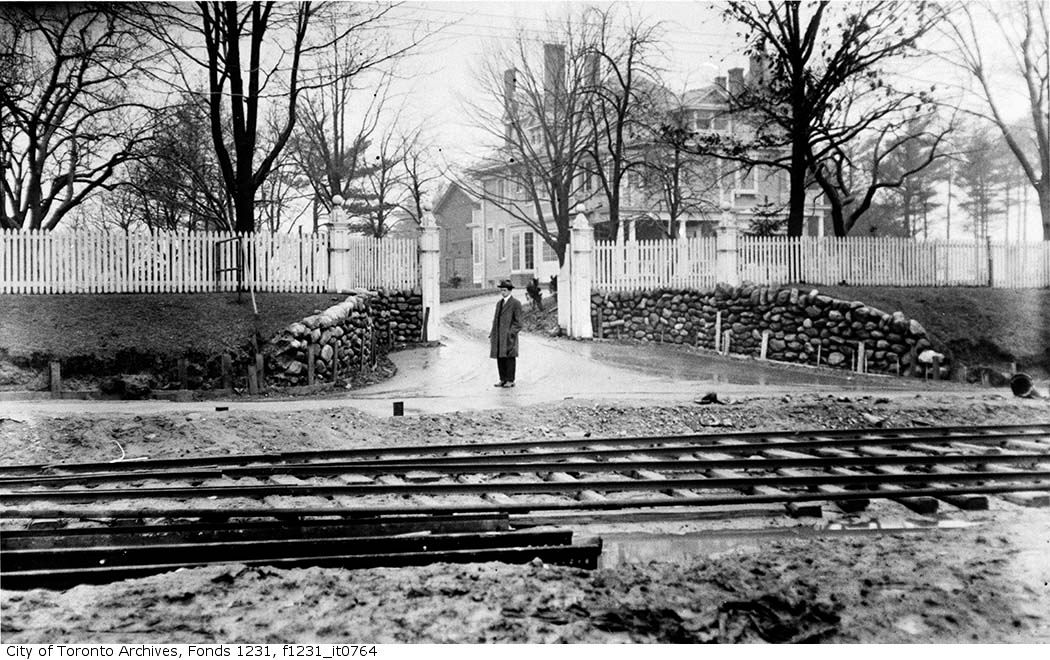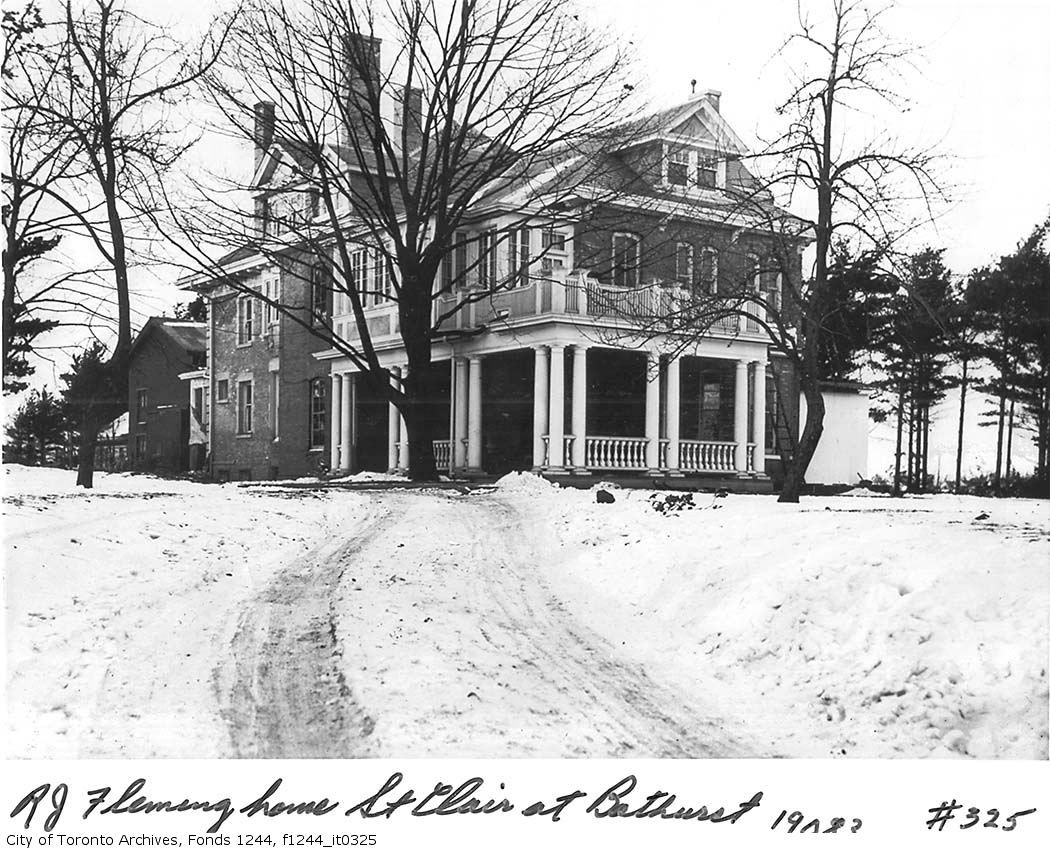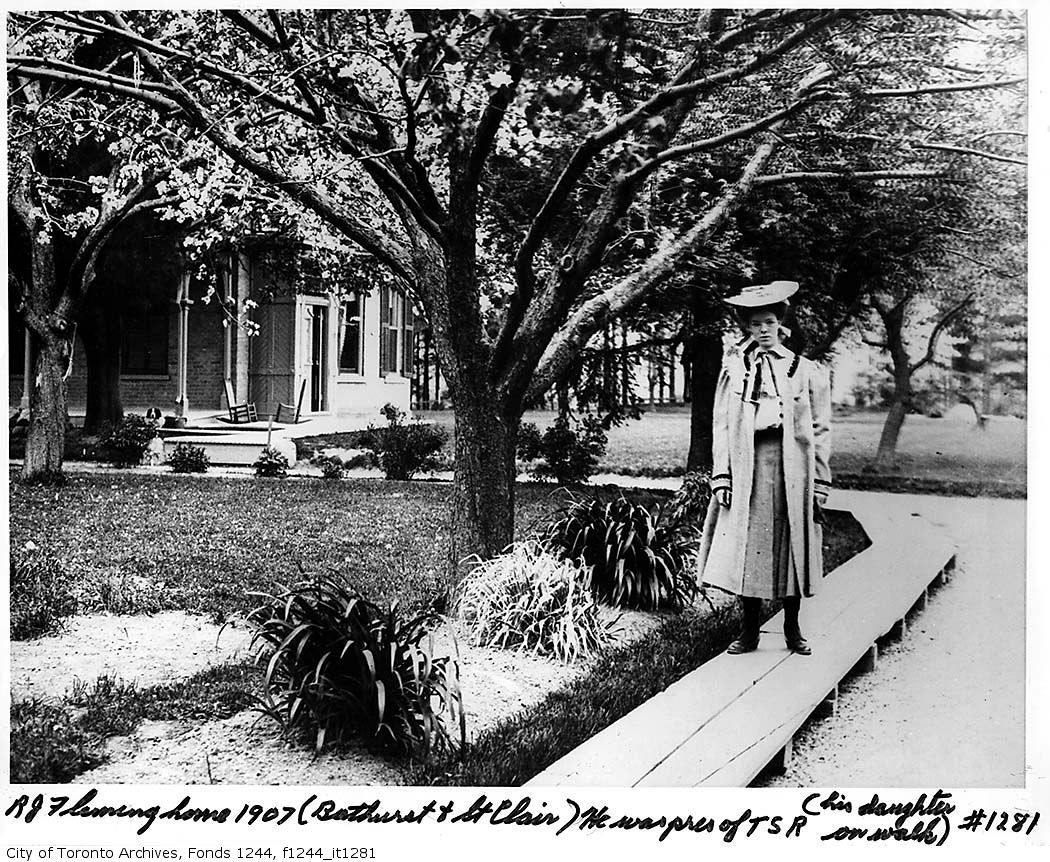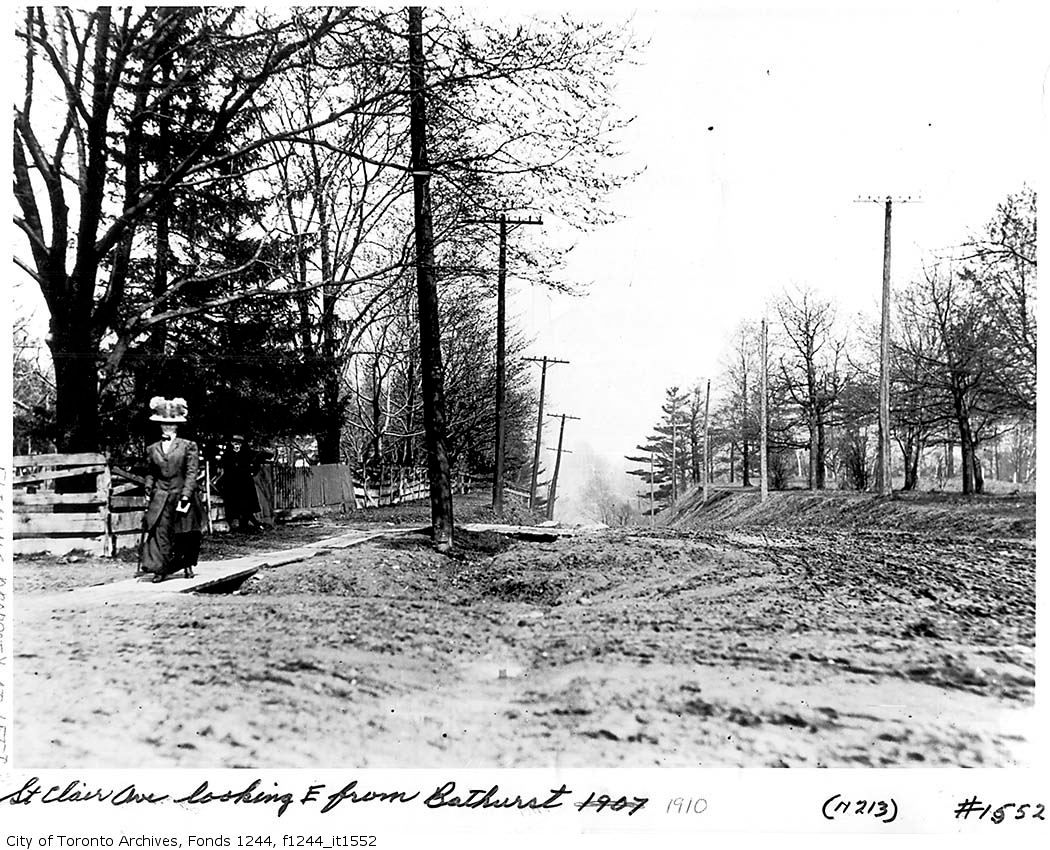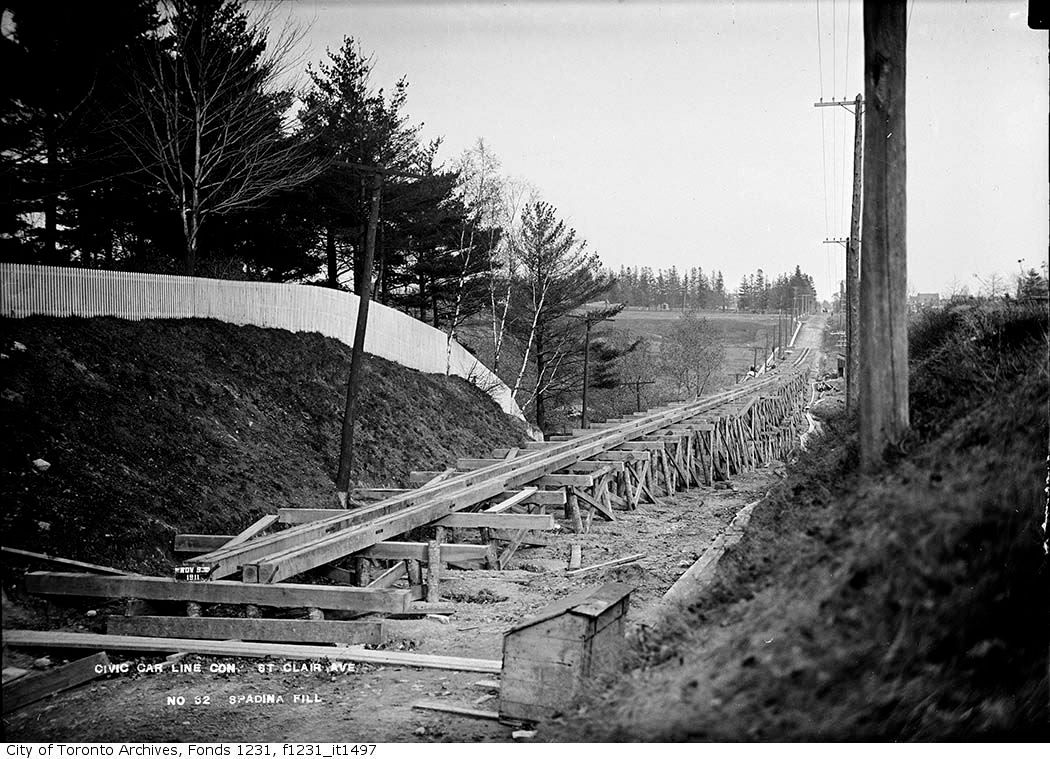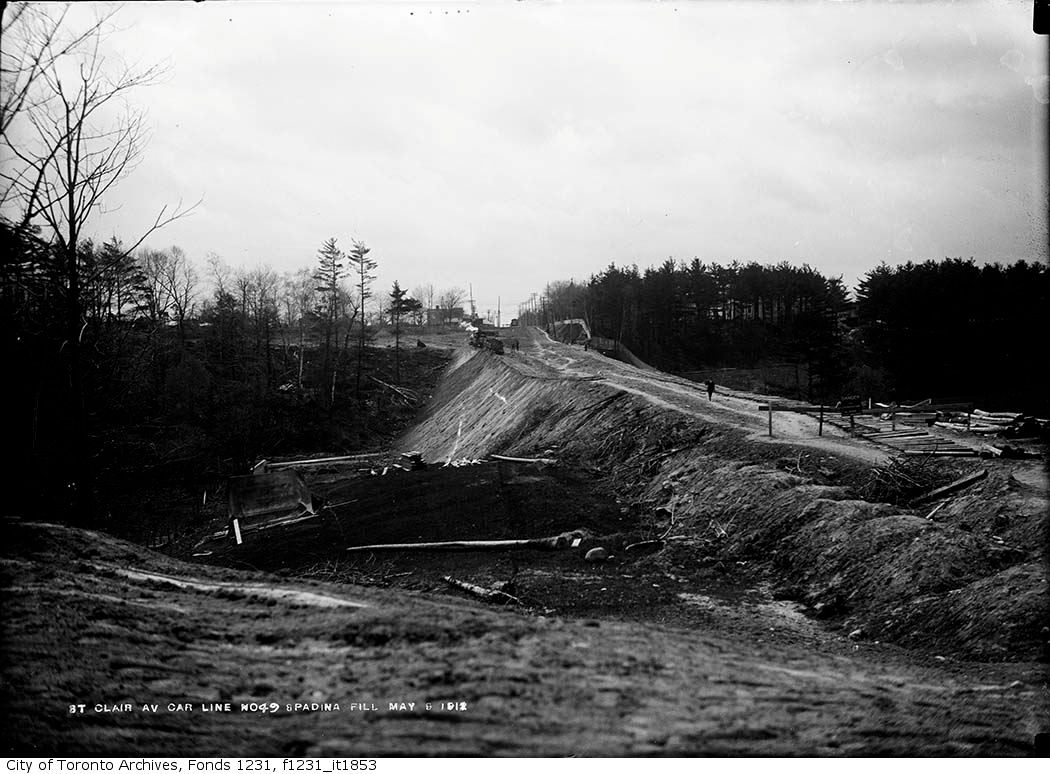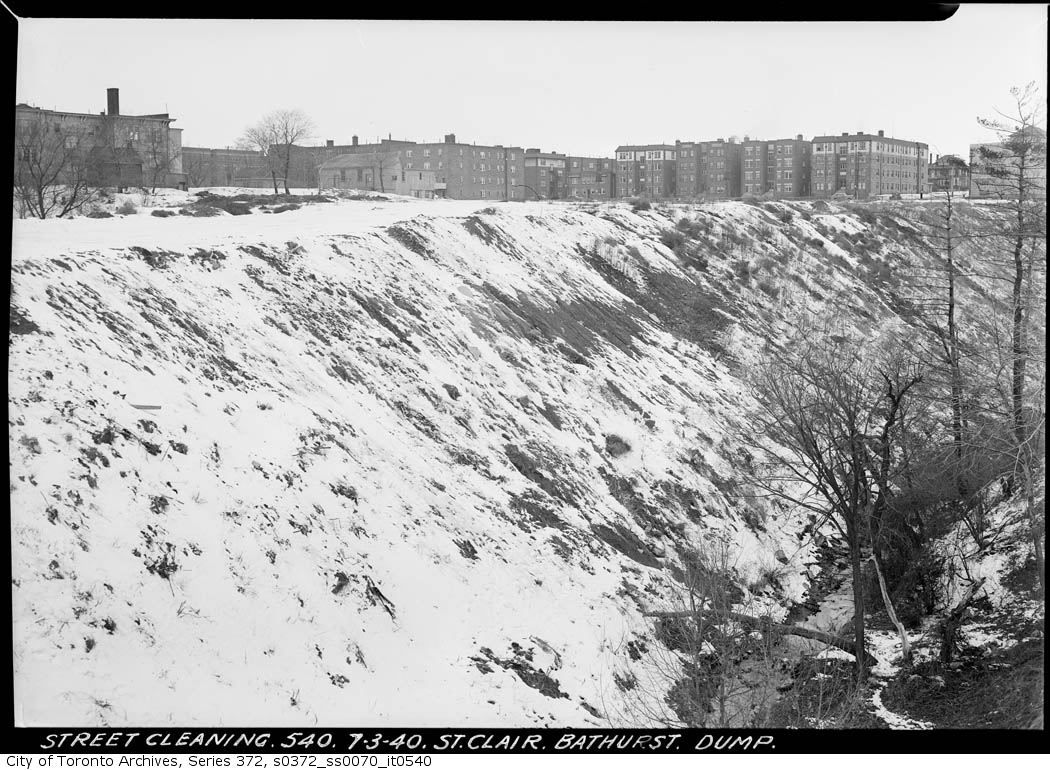Mustapha
Senior Member
Funny. I only noticed the nicely repaved Mt. Pleasant the other day. It only took two decades or so for them to finally get around to cleaning that up.
Correct me if I'm wrong but I believe the loop was shut down when the TTC moved to its new longer street cars meaning that it was impossible for the new cars to actually utilize that loop.
db
"The Last Days and Why They Came
The Mount Pleasant streetcar stopped operating after July 24, 1976, long after the TTC decided to abandon its streetcar abandonment program. With the Rogers Road streetcar abandoned two years before, the TTC had enough streetcars to maintain service on Mount Pleasant and continue its PCC rebuilding program. So, why did Mount Pleasant fall?
The blame can be laid at the feet of the Metro Roads Department. In March 1976, the Roads Department closed Mount Pleasant to reconstruct the bridge over the former Belt Line Railway. At that time, the track on Mount Pleasant was the same track that had been laid down in 1925, when the route was first built. The road construction forced the TTC to consider whether or not to rehabilitate the whole line. The TTC did a cost estimate and found that retaining streetcar service would cost $875,000, compared to $440,000 for conversion to trolley coach and $249,000 for conversion to diesel buses.
Based on those numbers, it would seem that the TTC would have favoured conversion to diesel buses, but a further cost analysis pointed out that although diesel buses and trolley buses cost less to operate per year than streetcars, this cost savings was nullified by the fact that it would take five buses to meet the carrying capacity of the four streetcars then serving the line. Community activism provided further pressure, with the South Eglinton Ratepayers and Residents Association making a number of presentations to TTC Board meetings and chartering Peter Witt #2894 to promote its campaign to retain streetcar service. The TTC bowed to public pressure and announced that streetcar service would be retained.
It didn’t happen. Three months later, public notices appeared along the line announcing that service would end at the end of July. The TTC was forced to reverse its decision through the direct intervention of the Metro Roads Department, in response to complaints from car drivers about streetcars ‘obstructing’ their progress. This reversal was made without any community consultation, and it was a sad comment that drivers from outside the community could effectively override the desires of people living within that community.
Streetcars stopped running on Mount Pleasant after the last St. Clair night car departed Eglinton Loop at 5:15 a.m. on July 25, 1976. Night Service by the same cars to Moore Park Loop continued until the 1st of October that year, before it too was cut back to St. Clair Station and the tracks abandoned. Mt. Pleasant has not had night service ever since.
Echoes of the Mount Pleasant streetcar continue to this day. The Mount Pleasant trolley bus started running about a year after abandonment, following the same route. Eglinton Loop still exists, albeit beneath a new commercial/residential development. These echoes are fading, however: Moore Park loop was turned into a parkette soon after abandonment, and the trolley coaches disappeared in 1992."
http://transit.toronto.on.ca/streetcar/4114.shtml





